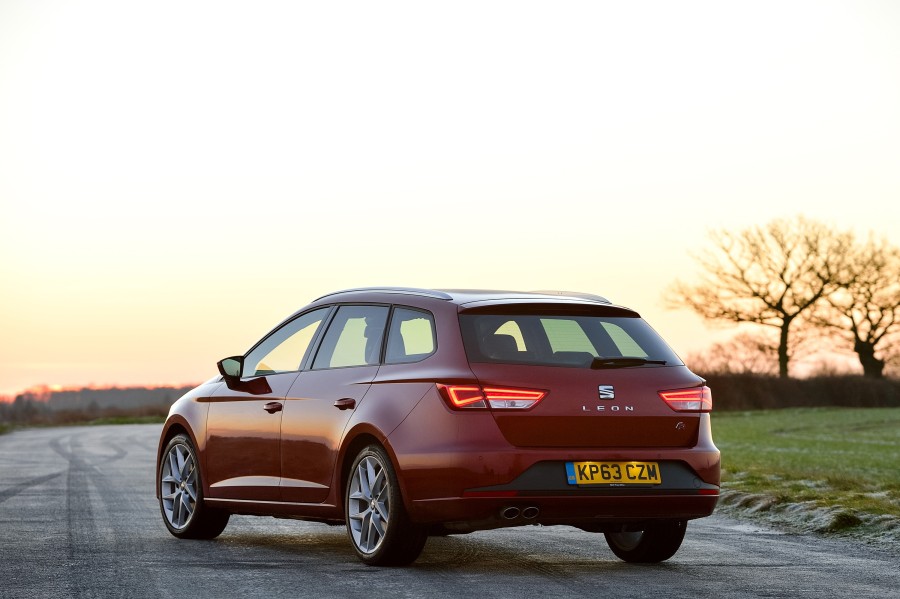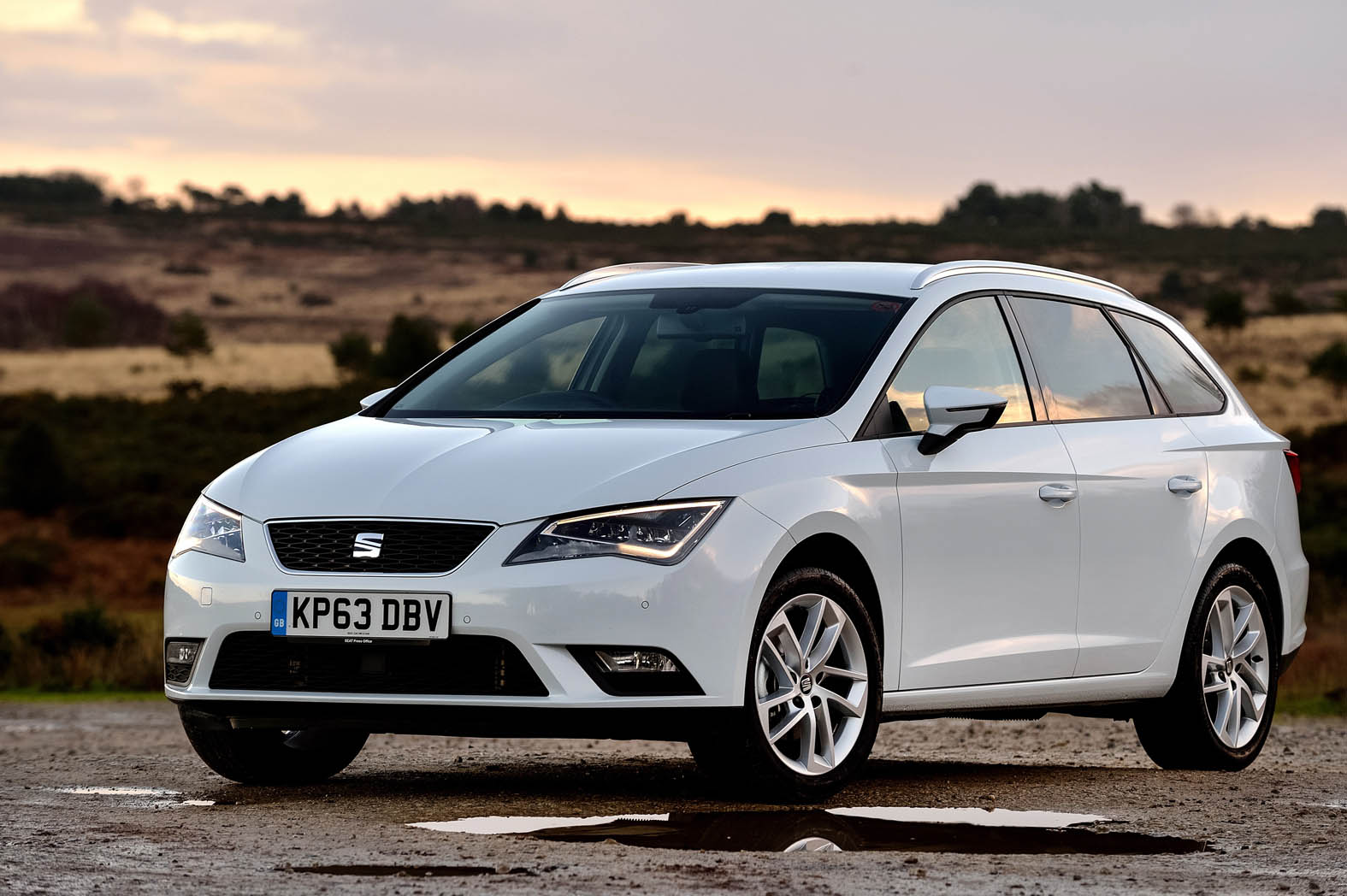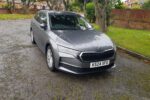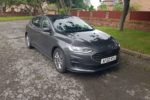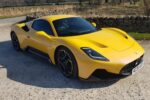Featured · First Drive · SEAT
Leon king’s a space invader
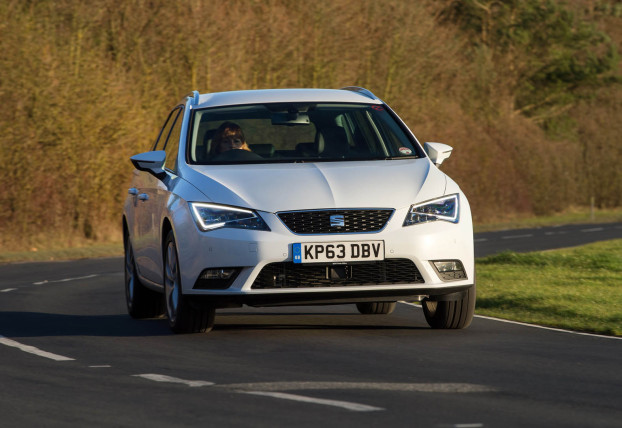
- FIRST DRIVE SEAT LEON ST (2014)
FAKE tan, false eyelashes and snow white teeth may be the part of the plan for a Friday night chav-fest, but they don’t tickle the fancy of Alejandro Mesonero-Romanos.
The man behind the slithery lines of the new SEAT Leon ST model has no time for shallow, superfluous detailing.
Instead it was the human body, in perfect proportion and posture that helped Big Al achieve the estate car’s proportions of length and height – more Olympic athlete than TV darts contender.
This month’s arrival of the ST, which stands for Sport Tourer, completes the Leon family of five-door hatchback, three-door SC coupe and now the ST.
In fact the first two generations of the Leon didn’t include an estate, so it was imperative the Spanish brand got it right first time.
Resisting the temptation to just hook a bigger boot onto the back of the five-door, the styling squad has come up with a genuinely slick piece of kit that will appeal to both families and the fleets.
Bottom line for estate cars is the ability to shift stuff and there’s some decent practicality courtesy of the ST’s 587-litre boot, which extends to 1,470 litres with the rear seats folded.
If those numbers don’t mean much, well let’s just say all your sports and weekend paraphernalia will squeeze in there.
And every model has a double boot floor, rear reading light and a 12v socket, more upmarket ones also getting a flap that drops the rear seats in a flash at the tug of a tab.
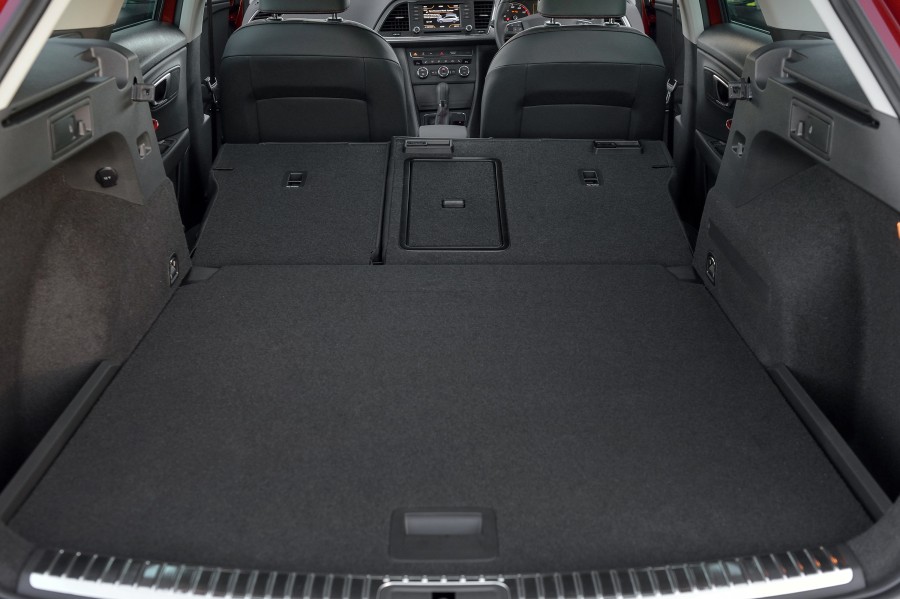 That’s not all. Black roof rails are standard – chrome on the posher SE and FR trims – you get a retractable rear shelf plus place to stash it, 13 cubby holes and a through hatch into the cabin for long, thin items.
That’s not all. Black roof rails are standard – chrome on the posher SE and FR trims – you get a retractable rear shelf plus place to stash it, 13 cubby holes and a through hatch into the cabin for long, thin items.
With the practical bit sorted, SEAT also decided to expand its hi-tech options with nifty extras like progressive steering, a panoramic sunroof, adaptive cruise control and a dynamic chassis control set-up that alters the car’s damping characteristics for comfort, normal and sport modes.
Beneath the bonnet is the engine line-up currently serving the five-door and SC versions, all with direct injection, turbocharging and Start/Stop and energy recovery systems.
At entry point of the range, and costing from £16,675 in base level S spec, the 1.2 TSI 105PS petrol engine has the potential for an average 57.6mpg, while the 1.4 TSI 140PS runs it close at 53.3mpg. Topping the petrol line-up is the 1.8 TSI engine, available in FR trim only, delivering a hefty 180PS.
The entry level diesel model is the 1.6 TDI with 105PS – expected to prove the top seller and costing £19,495 in mid-range SE trim.
This model boasts a CO2 figure of only 99g/km and official fuel return of 74.3mpg.
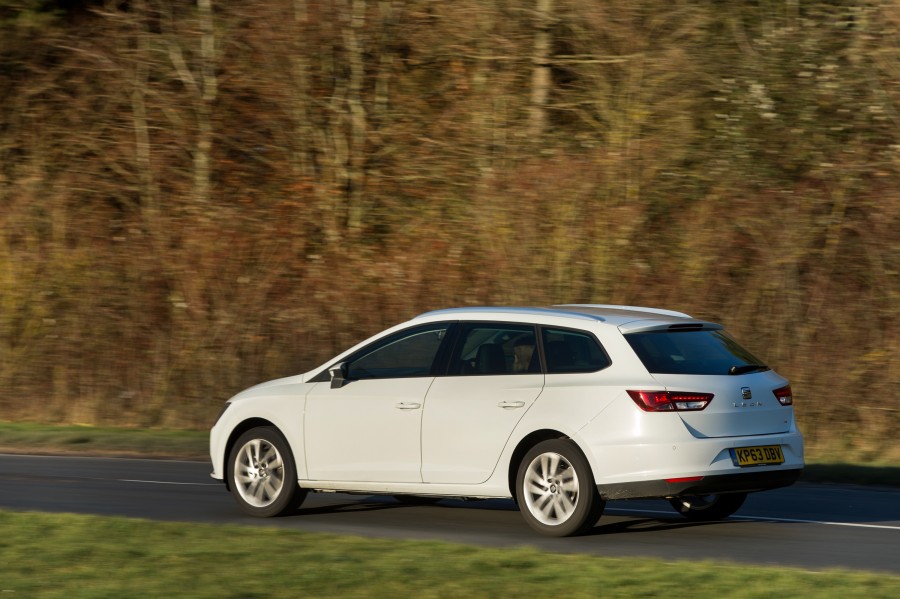 A test route over the best part of 100 miles of mixed fast and rural routes around the Cotswolds in the heart of England saw this car return 47.9mpg under normal driving conditions and a more impressive 61.1 when subjected to a serious eco effort.
A test route over the best part of 100 miles of mixed fast and rural routes around the Cotswolds in the heart of England saw this car return 47.9mpg under normal driving conditions and a more impressive 61.1 when subjected to a serious eco effort.
It’s a solid car to drive but has nothing on the spirited but appreciably more expensive 184PS 2.0 TDI – loaded with options it can top the £27,000 mark – while there’s also a 150PS 2.0-litre TDI which emits only 106g/km of CO2.
For me though, the 1.2-litre petrol represents value and enjoyment in equal measure.
SEAT says that a lightweight design is partly responsible for the improved fuel economy figures across the range, the base ST version weighing in at only 45kg more than the five-door Leon and making it the lightest model in the compact estate class.
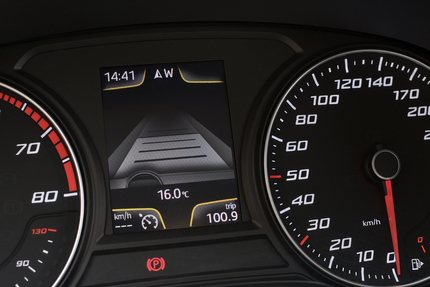
There’s also plenty of safety technology – post-collision braking system, tiredness recognition and lane assist to name but three, while the SEAT Easy Connect infotainment system controls sounds and communication.
Looking ahead, there will also be a company car driver-friendly ST Ecomotive model with CO2 rating of just 87g/km and official fuel figure of 85.6mpg.
Based on the 1.6 TDI SE, its slightly higher power, lowered ride height, aerodynamic body kit and low rolling resistance tyres contribute to 11.3 more miles per gallon and 12 grams fewer emissions.
And later this year there will also be a 1.4 TSI petrol model with Active Cylinder Technology, which can deactivate two of the cylinders and achieve more fuel efficiency.
SEAT seems to have every box covered with the ST estate – though if I’m being picky it could do with slightly more upmarket interior door panels, dash and fascia.
